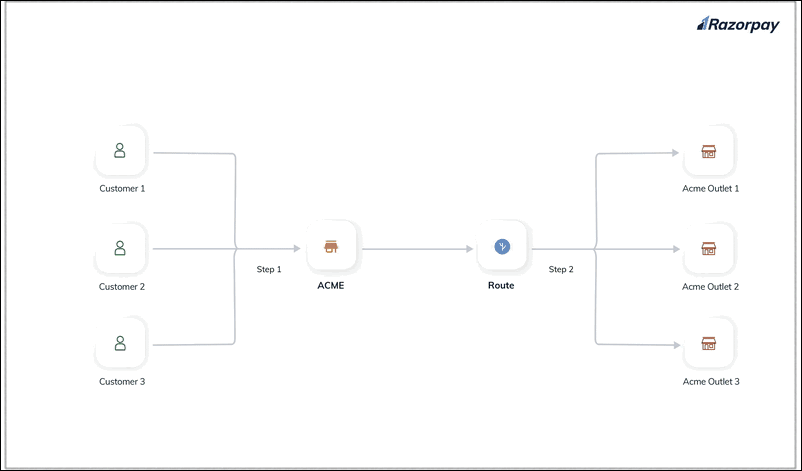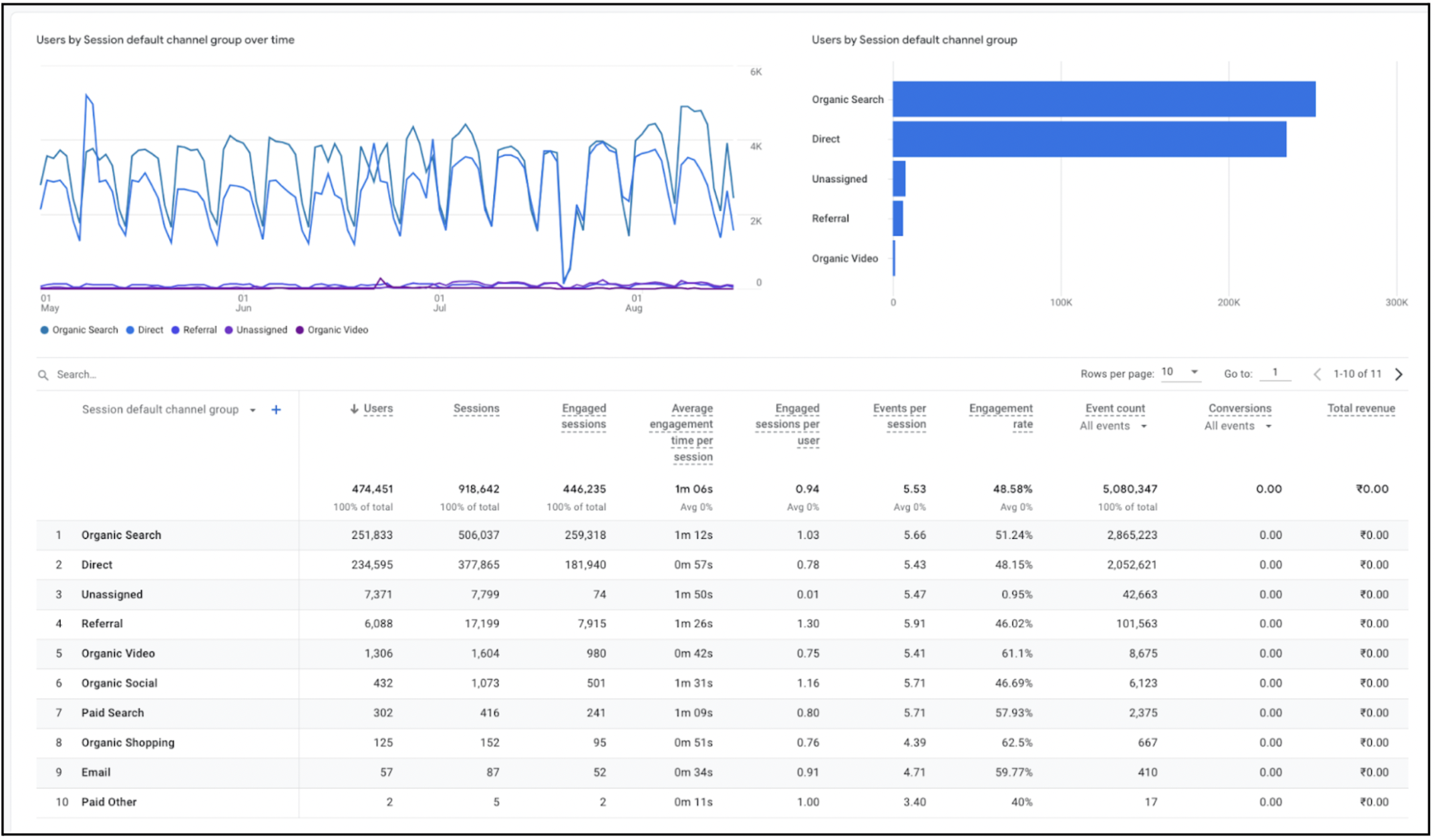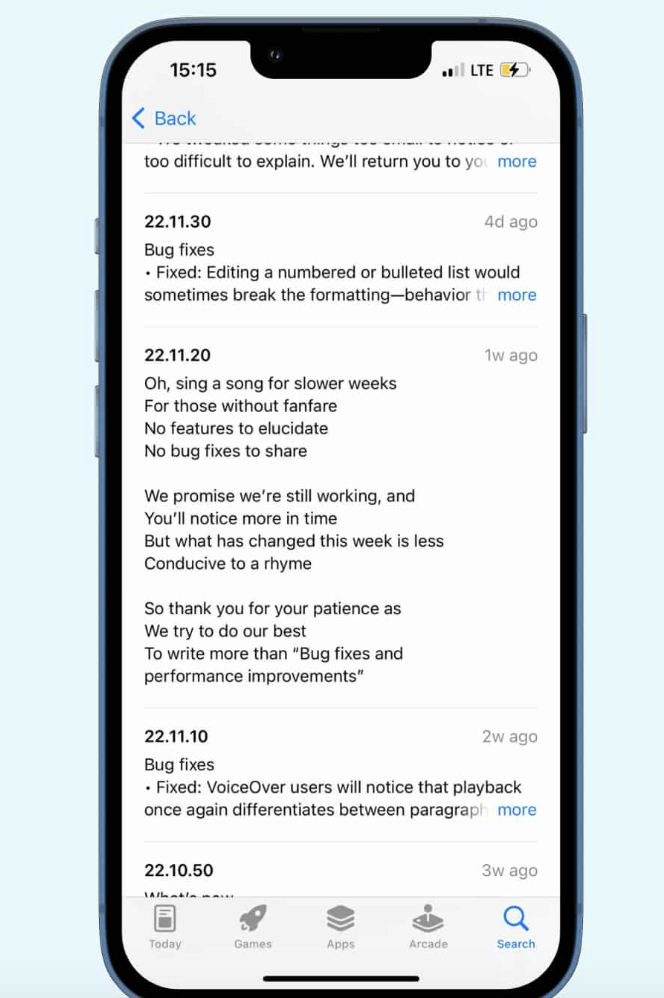Before we look at the latest trends in Technical Writing, how about taking a glance at the history of Technical Writing? After all, we must know history to understand better and appreciate the present and the future.
History of Technical Writing
I started writing technical documents in 2006. In those days, Technical Writing was recently introduced in India and was not a sought-after profession primarily due to the lack of awareness.
By the 2000s, Technical Writing was already quite popular in the West. If we look back at the history of Technical Writing, it got recognition as a profession after World War II. However, the practice of writing technical documents can be traced back to Classical Antiquity (the period between the 8th century BC and the 5th century AD centred on the Mediterranean Sea) in the works of Aristotle! Inventors and scientists like Isaac Newton and Leonardo Da Vinci wrote accounts of their experiments and findings in documents, which later shaped modern-day Technical Writing.
During the 20th Century, the rapid advancement of technology in almost every facet of our lives – military, aerospace, computers, medicine, healthcare, and electronics, skyrocketed the demand for Technical Writers. Technical Writing as a practice has matured and has embraced many new technological advancements to its advantage, making it finer and now a much sought-after profession worldwide, including in India.
Technical Writing Deliverables and Tools
If you are a kid of the 80s or 90s, you would remember the manual that used to come with your television explaining how to set up the antennae and tune in the channels. Or the little pamphlets that used to come with a pressure cooker advising dos’ and don’ts’ of using a pressure cooker – how to set it up, clean it and use it.
The above are two simple examples of Technical Writing artefacts.
Following is a list of the many technical documents prepared by Engineers, Product Managers, Technology Specialists, IT Professionals, and Support Personnel in addition to the Technical Writers:
Help Systems, API documentation, Integration Guide, Product Requirement Document, Technical Specifications, Instruction Manual, User and Admin Manual, Installation and Configuration Guides, Release Notes and Readmes, Data Sheets, Proposals, Reports, White Papers, Case Studies, Website, Technical Blogs and more!
Various technical writing tools exist, from simple Microsoft Word processors to complex Content Management Systems for multiple purposes like content creation and editing, taking screenshots, creating diagrams and graphics, explaining codes, managing different versions of documents and creating videos. Some examples include:
- Word Processors
- Help Authoring Tools like Adobe Robohelp or Madcap Flare
- Content Management Systems like WordPress
- Wiki-based tools like Atlassian Confluence
- DITA-based tools
- Markdown tools like VS Code
- Image editing tools like SnagIt, Figma, Microsoft Visio and Adobe Photoshop
- Video creation tools like Techsmith Camtasia
- Version Control tools like Tortoise SVN and GitHub
- Bug Tracking tools like Jira
- Project Management tools like Asana
As Technical Writing evolved as a practice, the scope increased, the requirements became more complex, and users became more demanding. Technical Writers need to consider several factors to decide the content layout, template, tooling, language, tone, and processes based on numerous factors like audience, geography, and medium, and include the principles of sustainability and scalability in their content strategy.
Here is a quick shot at the latest trends in Technical Writing that are making waves in the industry and redefining how Technical Writers create content.
What’s New in Technical Writing
1. Use of AI
Ever since OpenAI introduced ChatGPT, every tech-savvy individual has tried to use it to simplify their job. Tech Writers are no different. They have realised that ChatGPT is a powerful tool, and if used intelligently, it can make content creation fast and efficient. The internet is flooded with blogs, articles, podcasts, and videos explaining how Tech Writers can use ChatGPT.
Check out our blog about how Razorpay has used ChatGPT in its Technical Writing practice and improved efficiency.
 ChatGPT can be leveraged in the Technical Writing practice at various stages, such as:
ChatGPT can be leveraged in the Technical Writing practice at various stages, such as:
- Drafting
- Editing
- Formatting
- Explaining Technical Concepts
- Checking Consistency
- Code Documentation
- Creating Video Script
A couple of organisations have incorporated AI-based search on their Docs platform.
Apart from ChatGPT, Tech Writers use tools like Grammarly to detect language and formatting errors, identify tone and make appropriate changes. Tech Writers are also exploring AI-generated images and diagrams.
2. Automation
Tech Writers today are adapting tools and systems to automate all that can be automated. Organisations, too, have realised the value and are willing to invest. For example:
- Auto-detection of broken links on the web page before it goes into production.
- Auto-generation of reports and dashboards to monitor the web page performance.
- Auto-alignment of images and media components to avoid formatting errors.
3. Cross-Functional Collaboration
Creating documents is now not just a tick mark in the Software Development Life Cycle. It is an essential deliverable, and all the teams have started collaborating to create accurate, complete, consumable content. Along with the Technical Writing team, Product, Engineering, Marketing, Design and Support teams are working cohesively to develop effective user and developer documentation.
4. Focus on User Experience and Usability
Tech Writers are now more user-centred in designing documents and documentation websites. Audience analysis and user research have become essential steps in creating documents. A document is not just content – design elements such as colours, fonts, spacing, usability such as placement of buttons and other UI elements are part of the overall content strategy.
5. Media Rich Documentation and Interactive Content

Tech Writers use high-resolution images, diagrams, screenshots, GIFs and videos to make the content more engaging. Product demos and Interactive Modals are embedded in Docs. API Playground makes developer documentation easier, where developers can test out APIs within the documentation. The idea is to provide multiple means to explain the concepts and make user self-serve easier.
A link to Product Recommender is added on Razorpay Docs to help users find Razorpay products as per their business needs.

6. Data-driven Approach
Tech Writers are using several means to understand their user behaviour, their usage pattern and the performance of their documents. SEO browser extensions and SEO tools like Google Analytics, Google Search Console and Semrush are widely used to track the performance of documentation web pages. User feedback is collected using Surveys and tools like Hotjar. All of these data help Tech Writers better understand the users’ pain points and tailor content as per their needs.
 7. Personalised Content
7. Personalised Content
Personalised Content is also making its way into technical writing with content designed based on the user profile. Several content personalisation tools like Hubspot and Optin Monster are available. Brands like Amazon, Netflix and Spotify have adopted content personalisation and reaped the benefits. But these are e-commerce companies. The Content Strategists are evaluating and engineering ways to create personalised technical content.
 What Else?
What Else?
These are golden times in Technical Writing. Organisations now realise the value of technical documentation. A well-written technical document can reduce costs and drive sales.
Tech Writing teams are building robust processes and using advanced tools to document, edit, maintain, measure and audit content. There is a shift in the language and tone of writing technical documents. The language is now more conversational, and the tone is more user-friendly. The writing guidelines are now more flexible to adapt to how the professional world has transformed over the years. The tech writers are now adding fun elements and more colours to make technical content interesting. Who says technical documents need to be boring? Here is a splendid example of how Slack has devised a unique way to write release notes.
 References
References
https://en.wikipedia.org/wiki/Technical_writing
https://www.linkedin.com/pulse/future-technical-writing-trends-predictions-samir-senapati/
https://www.archbee.com/blog/6-new-trends-in-technical-writing-to-know-about
https://www.searchenginejournal.com/content-writing-trends/479837/
https://www.techtarget.com/searchcustomerexperience/definition/personalization





